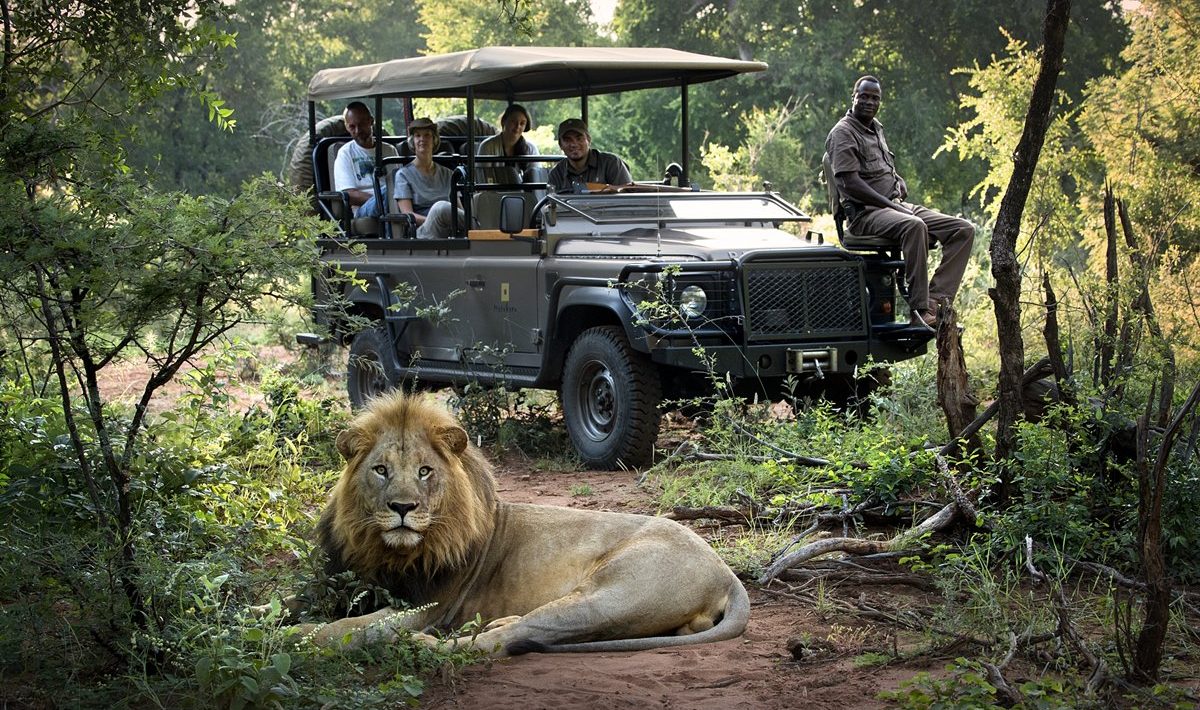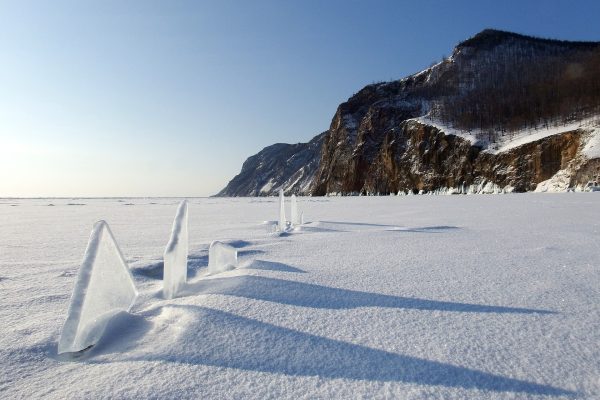African safaris are the stuff of dreams for wildlife enthusiasts and adventure seekers. The continent’s unparalleled biodiversity, dramatic landscapes, and abundant wildlife make it a top destination for those seeking an unforgettable wildlife experience. But when is the best time to embark on an African safari, and why does the timing matter? In this article, we’ll explore the different seasons and their unique advantages for planning your safari adventure.
Table of Contents
The African Safari Seasons
Africa’s diverse climate and geography create distinct seasons that influence wildlife behaviour, landscape aesthetics, and the overall safari experience. To choose the ideal time for your safari, it’s essential to understand the various seasons:
Dry Season (Winter): The dry season, often referred to as winter in southern Africa, occurs during the region’s winter months (June to September). This season is characterized by minimal rainfall, cooler temperatures, and sparse vegetation, making it easier to spot wildlife. Dry riverbeds attract animals, increasing the chances of witnessing thrilling predator-prey interactions. The clarity of the air also makes it an excellent time for photography.
Wet Season (Summer): The wet season takes place during southern Africa’s summer months (November to April) and East Africa’s long rains (March to May). This period sees lush greenery, blooming flowers, and newborn wildlife. The wet season offers unique opportunities for birdwatching, as migratory birds arrive in large numbers. However, dense vegetation can make it more challenging to spot some animals, and muddy roads may hinder travel in certain areas.
Shoulder Seasons: The transitional periods between the dry and wet seasons, known as shoulder seasons, vary depending on the region. These are generally considered great times to visit for a balanced safari experience. Shoulder seasons offer a combination of comfortable weather, fewer tourists, and the opportunity to witness wildlife activity during the changing seasons.
Choosing the Right Season for Your Safari
The best time for your African safari depends on your preferences, interests, and the specific experiences you seek. Here’s a breakdown of the factors to consider when selecting the right season:
Wildlife Viewing:
Dry Season: If your primary goal is to spot the Big Five (lion, leopard, elephant, buffalo, and rhinoceros) and other iconic African animals, the dry season is ideal. With animals congregating around water sources and sparse vegetation, wildlife sightings are more frequent and rewarding.
Wet Season: If you’re interested in birdwatching, experiencing the vibrant colors of blooming flora, or observing baby animals, the wet season offers a different perspective. While wildlife may be more challenging to spot due to dense foliage, it’s still a magical time for nature enthusiasts.
Photography:
Dry Season: The dry season’s clear skies and low vegetation provide excellent lighting conditions for photography. The contrast between the golden savannah and blue skies can result in stunning shots.
Wet Season: The wet season offers a different kind of photographic opportunity with lush landscapes and vibrant colors. Capturing wildlife amidst the greenery and rain-soaked scenery can result in unique and beautiful images.
Crowds and Pricing:
Dry Season: This is typically the high season for safaris, especially in popular parks and reserves. Expect larger crowds and higher prices for accommodations and tours.
Wet Season: The wet season often sees fewer tourists, which can mean more affordable rates for accommodations and tours. Additionally, you may have more flexibility in booking last-minute trips.
Weather and Comfort:
Dry Season: With cooler temperatures and less humidity, the dry season offers more comfortable weather for travelers. However, it’s essential to pack layers for chilly mornings and evenings.
Wet Season: The wet season can be hot and humid, especially in some parts of Africa. Be prepared for occasional heavy rainfall, and pack accordingly to stay comfortable.
Destination-Specific Considerations
Different African countries and regions have their own unique climates and wildlife migrations, further influencing the best time to visit:
East Africa (Kenya and Tanzania): The Great Migration, one of the world’s most incredible wildlife spectacles, occurs between July and October when millions of wildebeest and zebras cross the Serengeti in Tanzania and the Maasai Mara in Kenya. This period is ideal for witnessing this awe-inspiring event.
Southern Africa (Botswana, Namibia, Zambia, Zimbabwe, and South Africa): The dry season (winter) is generally the best time for safaris in southern Africa, with pleasant temperatures and excellent wildlife viewing. However, the wet season can be rewarding in some regions, such as the Okavango Delta in Botswana, where seasonal flooding creates a unique safari experience.
Choosing when to embark on an African safari is a crucial decision that can significantly impact your experience. Each season offers its own set of advantages, from optimal wildlife viewing in the dry season to lush landscapes and birdwatching opportunities in the wet season. To make the most of your safari adventure, consider your priorities, interests, and the region you wish to explore.
Whether you opt for the dry season, wet season, or a shoulder season, Africa’s natural beauty and wildlife will undoubtedly leave you with memories to treasure for a lifetime.




